For decades, Naasón Joaquín García stood at the pulpit as the revered “apostle” of a global megachurch. Prosecutors now say he used that power to build something darker: a system of silence, intimidation, and abuse that spanned generations and continents.
The Indictment
On September 10, 2025, federal prosecutors in New York unsealed an indictment against Naasón Joaquín García, head of the Mexico-based megachurch La Luz del Mundo.
García, 56, is already serving a 16-year sentence in California for sexually abusing minors. Now, federal agents accuse him of racketeering conspiracy and sex trafficking, charges that could keep him behind bars for decades.
Prosecutors allege García and five co-defendants weaponized faith itself — using sermons, rituals, and fear of damnation to enforce compliance.
Court filings claim the abuse formed part of a systematic exploitation network. García’s circle allegedly created child pornography and pressured victims into signing false denials of abuse.
Followers’ donations, according to prosecutors, funded lavish lifestyles while shielding perpetrators from scrutiny.
The investigation, led by Homeland Security, stretched across multiple states. Officials say dozens of survivors testified despite intimidation and threats.
For many, the indictment brings not only legal accountability but long-awaited recognition of their trauma.
García and the Indictment
Authorities took García into federal custody at a state prison in Chino, California, where he has been held since 2022.
The indictment casts him as the central figure of a coordinated criminal enterprise, not just a fallen pastor.
Prosecutors allege he ordered aides to recruit children and young women under the pretense of spiritual service. Victims were told obeying García was a divine duty, while refusal meant eternal damnation.
Evidence includes coerced declarations, scripted sermons denouncing survivors, and records showing church funds diverted for personal use. Two co-defendants were arrested in Los Angeles and Chicago; three remain at large.
Homeland Security officials stressed the case emerged from a years-long investigation supported by “dozens of courageous victims.”
Prosecutors also allege García’s father engaged in similar abuse until his death in 2014, pointing to a dynastic pattern.
The charges reveal how faith and fear intertwined to enforce silence.
For federal prosecutors, the case warns of the dangers of unchecked religious power. García’s arraignment will test whether courts can confront a leader who still commands millions of followers.
Fact Box — García & Indictment
-
New Indictment: Racketeering, sex trafficking.
-
Past Sentence: 16 years in California for child sexual abuse.
-
Church Role: Leader of La Luz del Mundo (5 million followers).
The Weight of Faith and Coercion
Founded in Guadalajara, Mexico, in 1926, La Luz del Mundo presents itself as a beacon of evangelical growth with temples across the Americas.
Believers regard García as the “apostle of Jesus Christ,” a role inherited through his family line. This dynastic succession strengthened loyalty but, prosecutors allege, also perpetuated abuse.
Survivors describe a system where obedience to García equaled obedience to God.
-
Girls were told refusal meant eternal condemnation.
-
Sermons branded doubters as traitors destined for damnation.
-
Victims were forced to sign denials of abuse.
Some former members say church culture punished families who questioned leadership, cutting them off from their communities.
Prosecutors argue fear, intimidation, and sacred language combined to create absolute control. This environment silenced victims and allowed García’s influence to grow unchecked.
The indictment states coercion was systemic, embedded in rituals and teachings — showing how devotion turned into domination.
A Broader Pattern Across Religions
The García indictment mirrors scandals that have shaken other faith traditions:
-
Catholic Church: Decades of clergy abuse revelations and cover-ups.
-
Evangelical leaders: Accusations of predatory behavior, financial corruption, and spiritual coercion.
Experts argue abuse thrives in settings where spiritual authority is absolute and questioning leaders equals sin. Victims often fear rejection by families or eternal punishment if they speak out.
Yet rising visibility may reflect more willingness to report rather than higher abuse rates. Survivor advocacy, investigative journalism, and legal reforms have exposed what institutions once buried.
García’s case fits into this global push for accountability, forcing once-untouchable institutions to face scrutiny.
Fact Box — Wider Context
-
Clergy Abuse: Parallels Catholic and evangelical scandals.
-
Victims’ Silence: Fear, coercion, spiritual threats.
-
Accountability Trend: Survivors increasingly speaking out.
Legal and Social Stakes
U.S. Attorney Jay Clayton said bluntly:
García and his allies “exploited the faith of their followers to prey upon them.”
Prosecutors allege the defendants used religious influence and financial power to silence victims.
This case highlights systemic corruption, not just individual crimes. With more than five million members, La Luz del Mundo remains powerful, complicating acceptance of the charges.
Sociologists warn faith communities often conflate religious devotion with loyalty to leaders. The trial could determine whether the church fractures, reforms, or denies everything.
The indictment raises broader questions about holding clergy accountable without infringing on religious liberty.
For survivors, it marks a long-overdue chance for recognition. For prosecutors, it tests whether institutions built on sacred trust can survive scrutiny.
Ultimately, García’s trial represents a clash between spiritual authority and secular justice.
Timeline
-
2019-06-03: García arrested in California on sex abuse charges.
-
2022-06-08: Pleads guilty; sentenced to 16 years.
-
2025-09-10: Indicted in New York on federal charges.
Institutional Silence
The indictment of Naasón Joaquín García symbolizes more than the fall of a megachurch leader.
It underscores the dangers of unchecked spiritual power and the devastating consequences of institutional silence.
The case reflects patterns seen across religions — from Catholic parishes to evangelical pulpits. Survivors now form part of a global movement demanding accountability.
By pursuing racketeering charges, prosecutors acknowledge abuse can be systemic, not just individual.
The trial will test whether courts can pierce sacred authority’s protective shield and whether followers can reconcile faith with justice.
Whether La Luz del Mundo reforms or resists, the indictment has already reshaped its reputation.
The broader issue: does this mark a cultural shift toward transparency, or just another exposure of hidden crimes?
Accountability, once elusive, is now being forced into the open.
The outcome will shape how future generations balance devotion and justice.
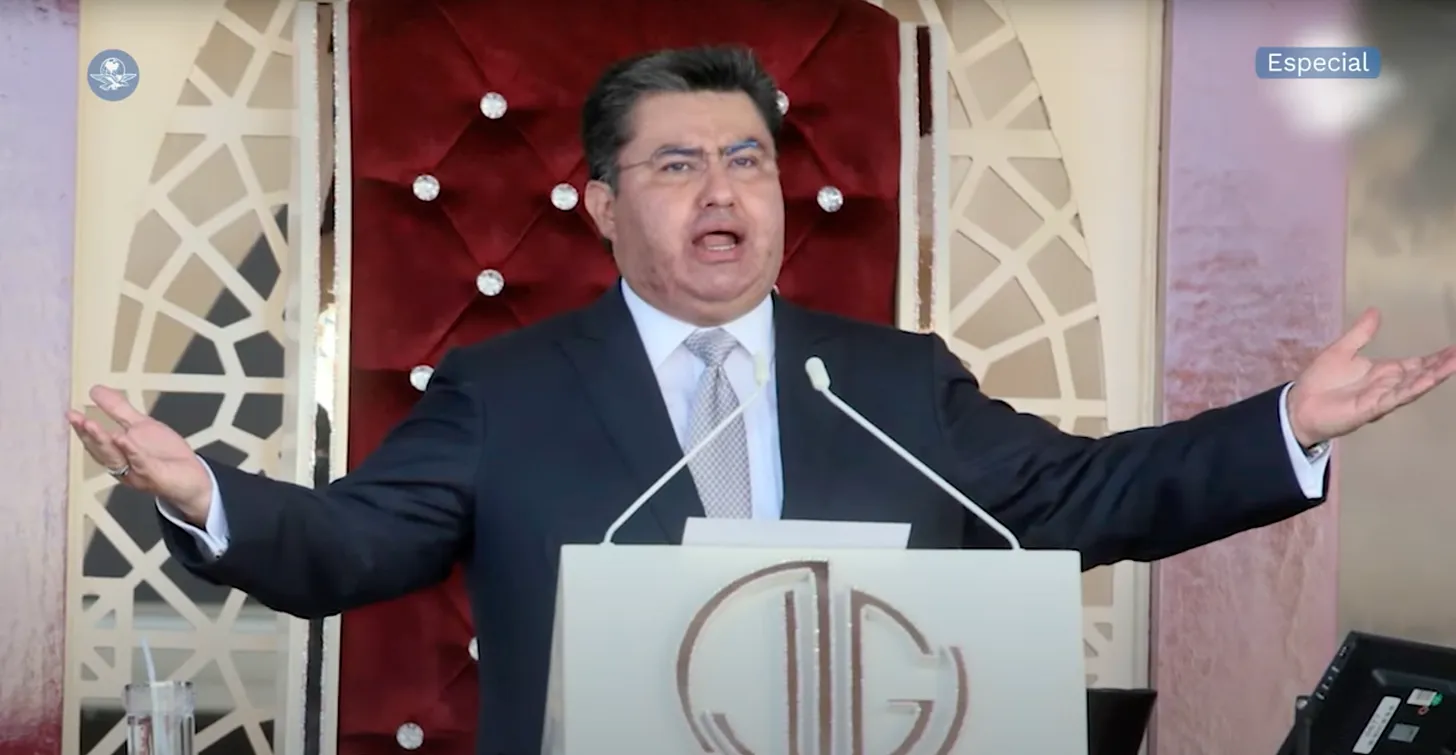


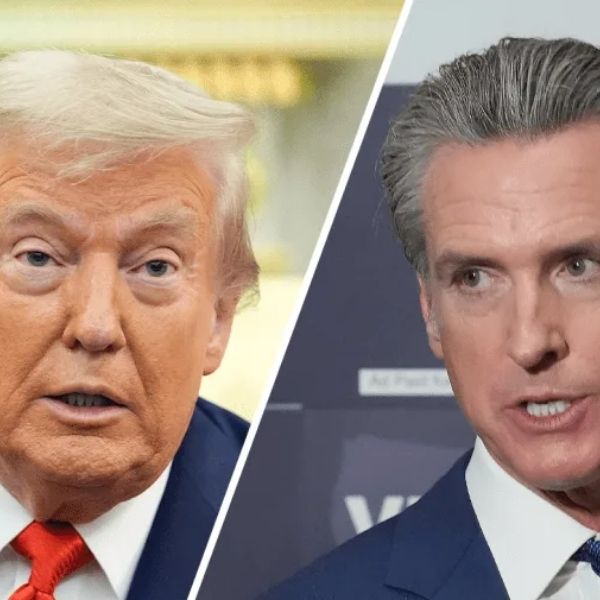

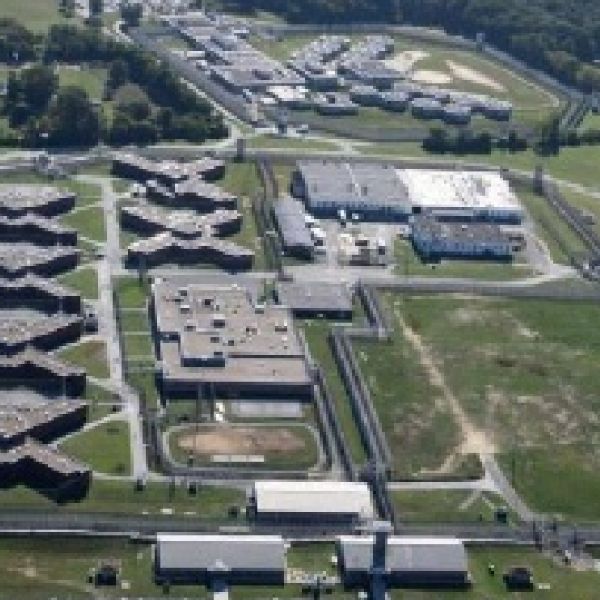


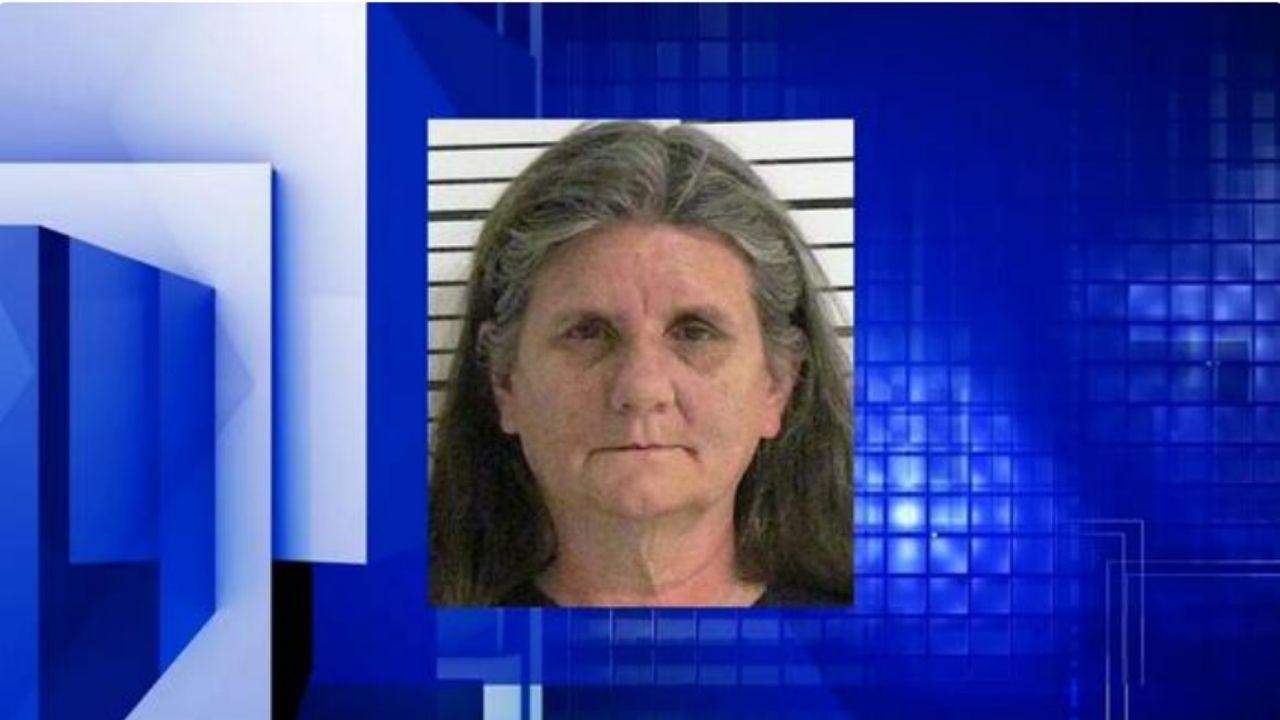

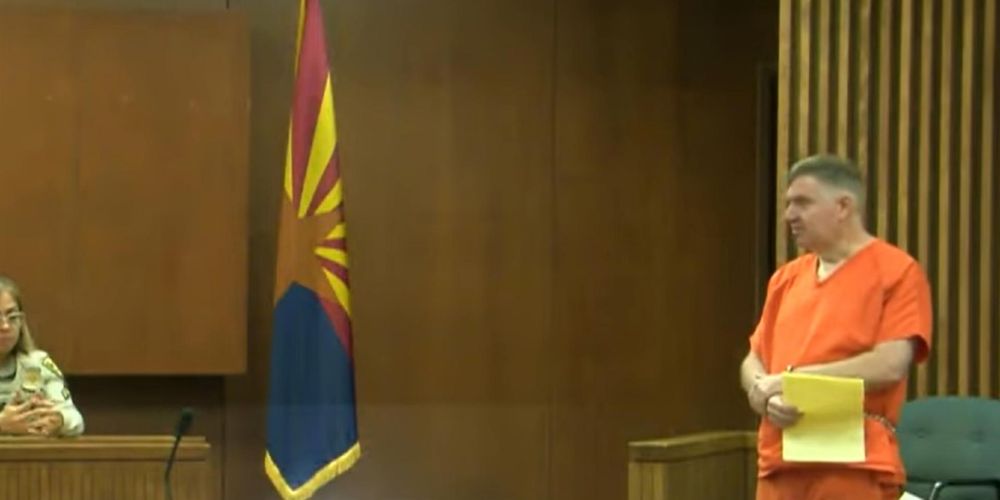

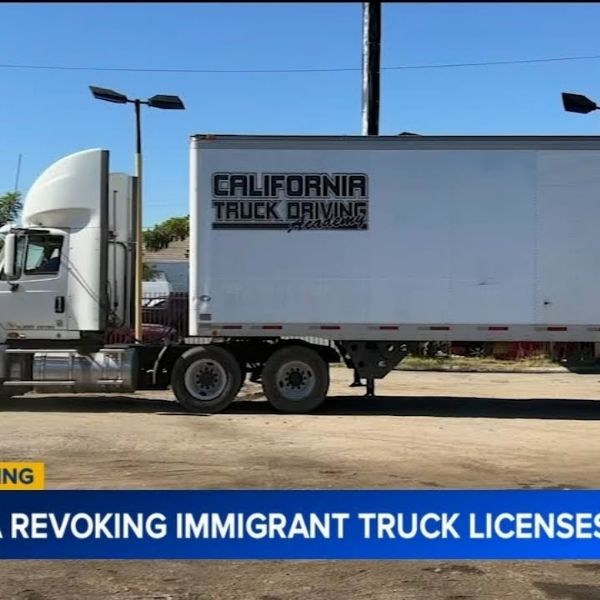
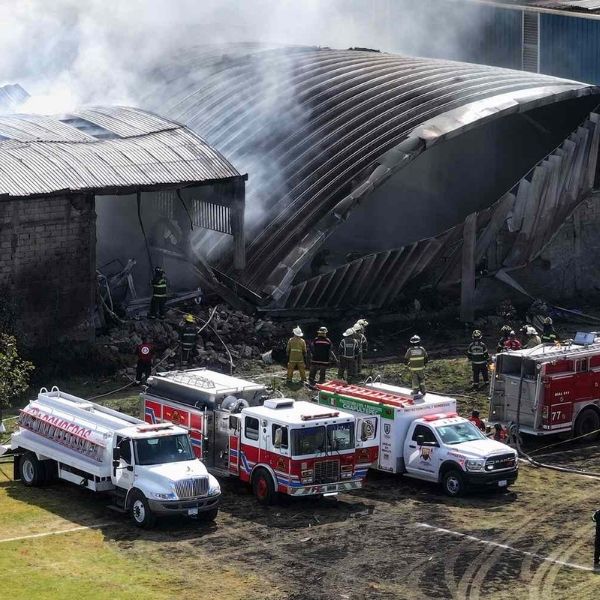
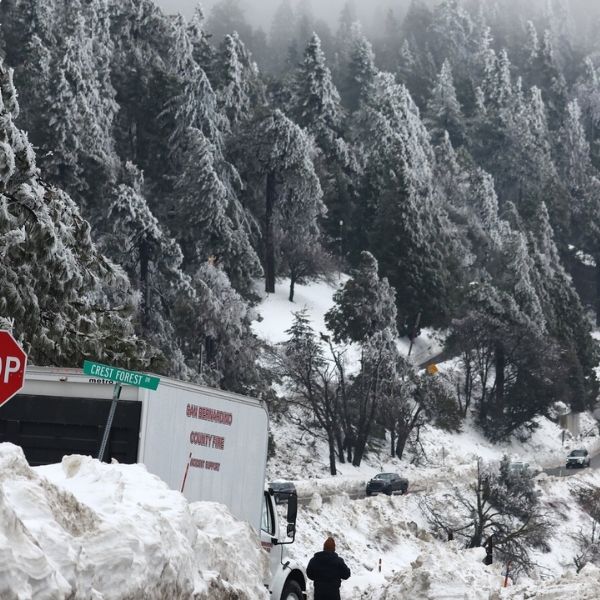
Leave a Reply